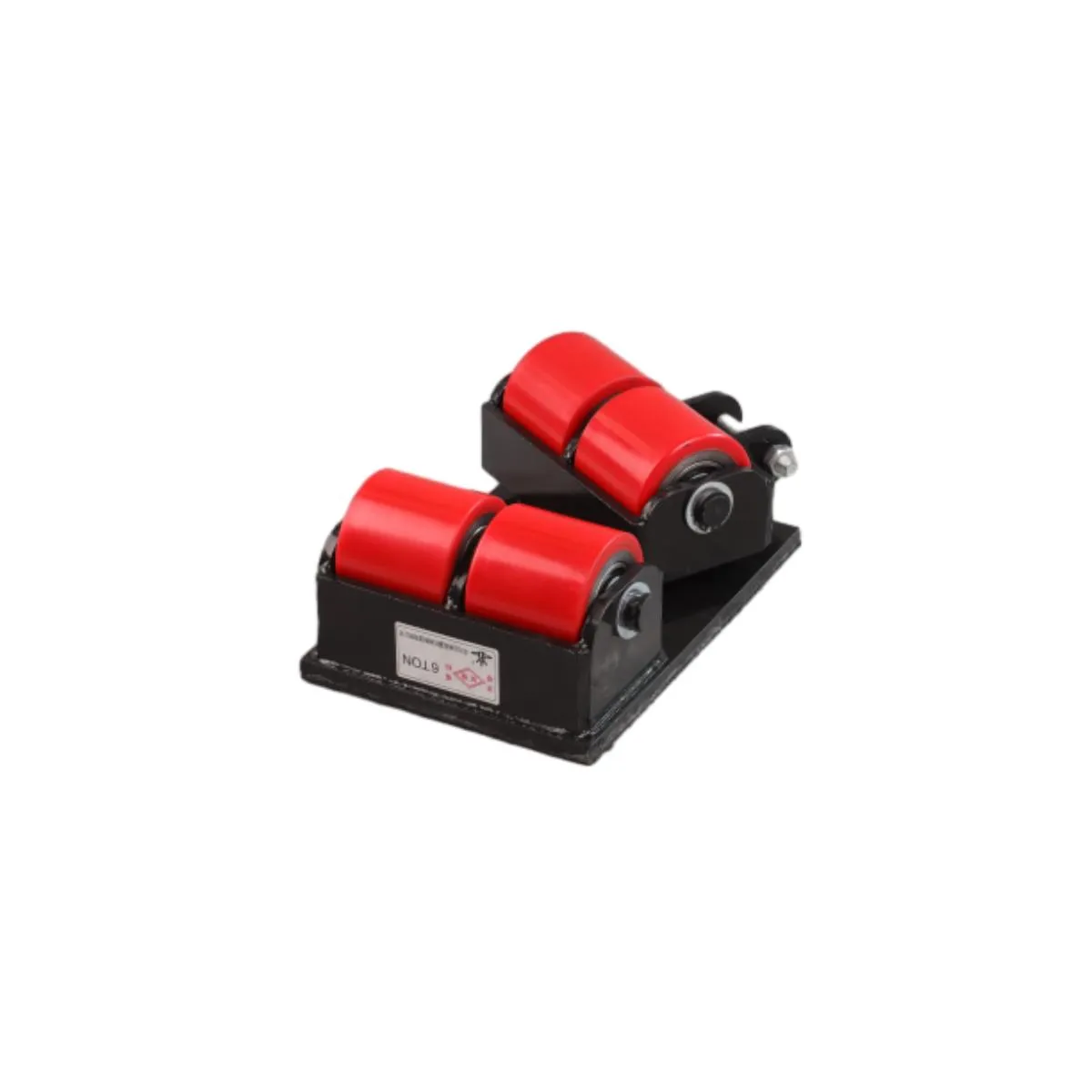Powerful Magnetic Lifting Solutions for Heavy Metal Handling and Transport
The Versatility and Efficiency of Metal Lifting Magnets
In today's industrial landscape, efficiency and safety are paramount. One of the most effective tools that enhance productivity in manufacturing and warehousing environments is the metal lifting magnet. These powerful devices play an essential role in lifting and transporting heavy ferrous materials, making them invaluable assets across various sectors, including construction, automotive, and recycling industries.
Understanding Metal Lifting Magnets
Metal lifting magnets use magnetic force to lift and hold metal objects securely. Their design typically incorporates a coil of wire through which electric current flows, generating a magnetic field. When AC or DC power is supplied, the magnetic field strengthens, allowing the magnet to grasp and carry heavy metals such as steel and cast iron. The moment the power is cut off, the object is released safely, making these magnets both efficient and user-friendly.
Types of Metal Lifting Magnets
There are several types of metal lifting magnets available, each designed to cater to specific applications. The most common ones include
1. Electromagnetic Lifting Magnets These are widely used in industrial settings due to their versatility. They can be controlled remotely, allowing users to lift and release loads from a distance. Electromagnetic lifting magnets are suited for transporting scrap metal, steel plates, and even finished products during production.
2. Permanent Lifting Magnets These magnets utilize permanent magnets to create a magnetic field without the need for an external power supply. They are compact, lightweight, and energy-efficient, making them ideal for situations where power access might be limited. Permanent lifting magnets are perfect for handling smaller loads in workshops or for lifting metal parts in assembly lines.
metal lifting magnet

3. Battery-Powered Magnets Combining the features of electromagnets and permanent magnets, battery-powered lifting magnets provide portability and ease of use. They feature built-in batteries that ensure operation even in locations without power supply. This characteristic is particularly beneficial for construction sites or remote facilities.
Benefits of Using Metal Lifting Magnets
The integration of metal lifting magnets in industrial processes offers numerous advantages
- Increased Productivity Metal lifting magnets significantly reduce the time it takes to lift and transport heavy loads compared to manual lifting or using slings. This efficiency translates to enhanced productivity and reduced labor costs. - Enhanced Safety Handling heavy materials poses risks, including injuries from lifting or accidents during transport. Metal lifting magnets minimize physical strain on workers and mitigate the risk of dropping loads, improving overall workplace safety.
- Versatility Metal lifting magnets can handle a variety of shapes, sizes, and weights of ferrous materials, making them adaptable to multiple applications. From scrap yards to manufacturing plants, these magnets perform effectively across different environments.
- Cost-Effectiveness Investing in metal lifting magnets can lead to significant savings over time. Their durability and low maintenance requirements minimize downtime and repair costs, while their ability to streamline operations contributes to overall cost efficiency.
Conclusion
As industries continue to evolve, the demand for innovative lifting solutions increases. Metal lifting magnets stand out as a vital technology that enhances operational efficiency while prioritizing safety. With various types to choose from, they cater to a wide range of applications, ensuring that businesses can move heavy metals reliably and effectively. Whether in production lines, construction sites, or recycling plants, the implementation of metal lifting magnets represents a leap toward a more efficient and secure industrial future. Investing in this robust lifting technology is not just an upgrade; it is a step towards operational excellence.
-
Unlock Seamless Relocation with Our Heavy Equipment Moving ExpertiseNewsJun.06,2025
-
Unleash Unrivaled Flexibility with Our Adjustable Gantry CraneNewsJun.06,2025
-
Unleash Heavy-Duty Efficiency with Our Industrial Gantry Crane SolutionsNewsJun.06,2025
-
Revolutionize Steel Handling with Our Magnetic Lifter RangeNewsJun.06,2025
-
Master Equipment Mobility with Premium Machinery Mover SolutionsNewsJun.06,2025
-
Elevate Your Material Handling with Magnetic Lifter TechnologyNewsJun.06,2025
-
YS Permanent Lifting Magnets: The Smarter Way to Handle SteelNewsMay.22,2025
